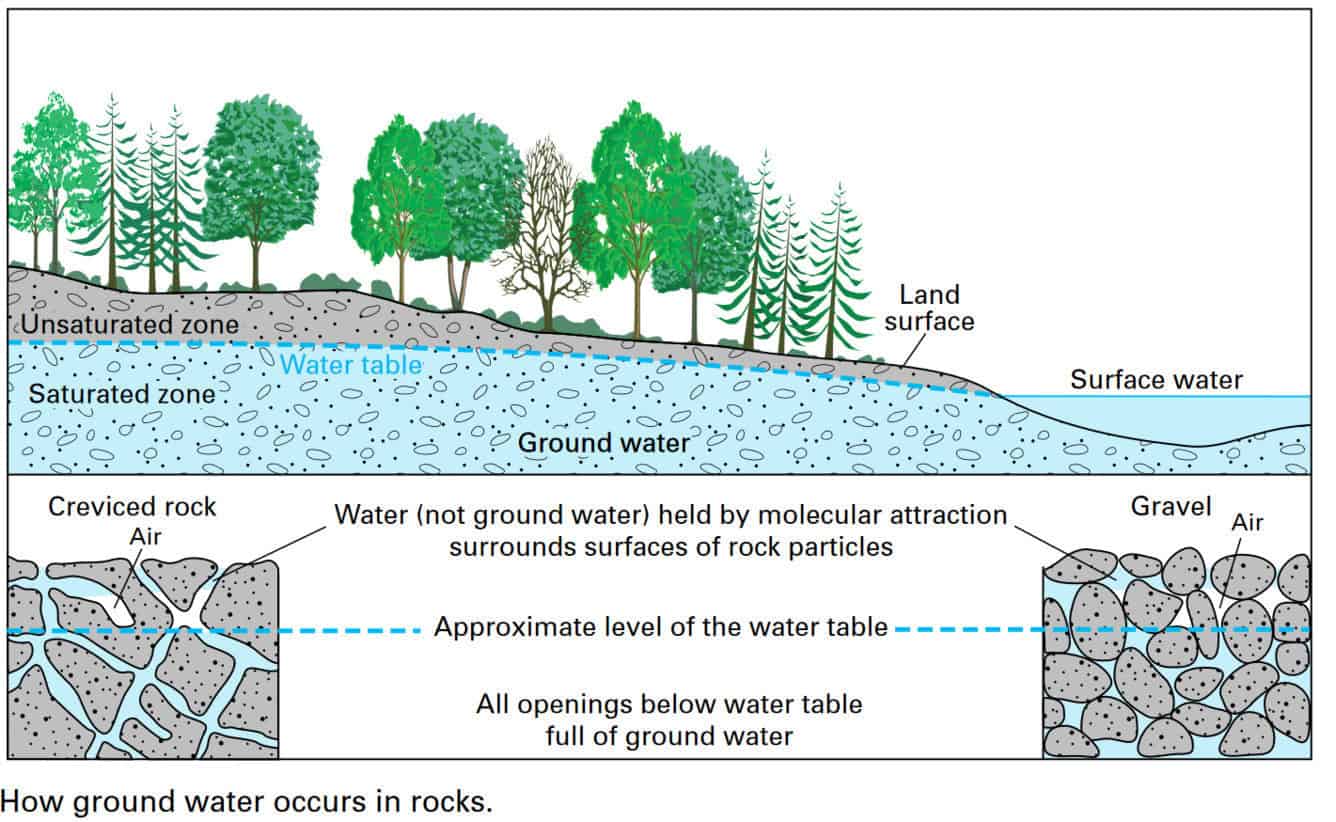This activity is designed to help students understand the concept of porosity and its influence on the storage of fluids in the subsurface. Through hands-on exploration, students will gain a deeper appreciation of this fundamental principle in geology and environmental science.
Soil is composed of different types of particles that are loosely packed together, with space between the particles (Figs. 1a and 1b). Within a sedimentary rock the comparable space might be so small, as a result of cementation or interlocking particles, that it is not visible to the naked eye. In both cases, the empty space between the grains is called void or pore space and can hold or store fluids, e.g., air or water (in soil); water, oil or gas (in rock).
Our activity Pack It In: Grain Packing Competition sets up a competition for participants to work with various particle sizes to visualize the structure and storage capacity of void spaces in rocks and soils.
A teacher lesson plan is provided below and this document contains standards correlation and a link to download any student documents referred to in the lesson plan.
This grain packing activity is adapted from the award-winning simple concept activity submitted by Dr. Ayaz Mehmani for the Hildebrand Department of Petroleum and Geosystems Engineering, The University of Texas at Austin Simple Concept Competition (organized by M. Prodanović) when he was a student in 2012.
